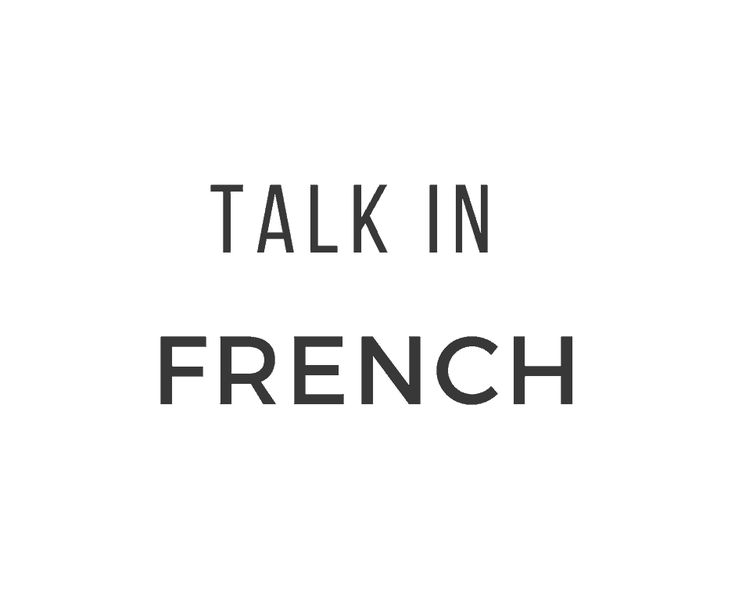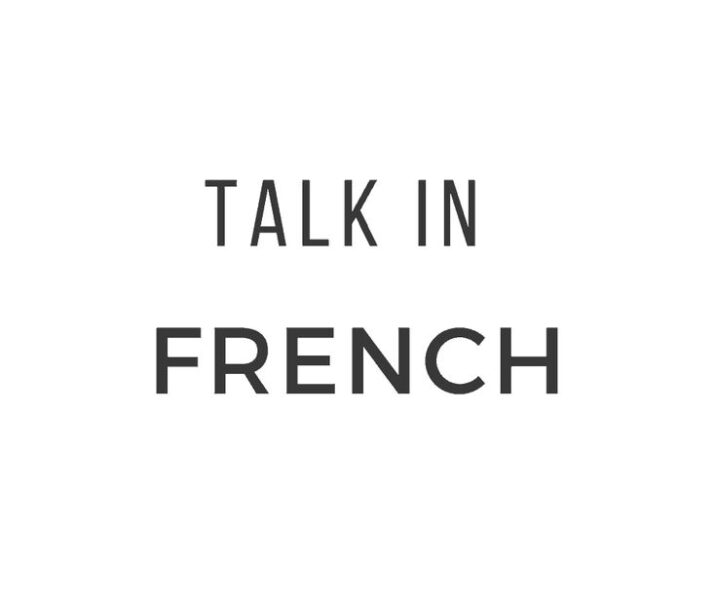How To Learn French In Canada 2024: YouTube, Podcast, Everything To Know

Canada’s vibrant bilingual environment offers a unique and immersive experience. Let’s dive into a comprehensive guide packed with tips and tricks on how to learn French in Canada.
But, let’s crack open the story of French in a way that’s way friendlier than a dusty textbook.
History of French
Imagine ancient Romans chilling in France, speaking their fancy Latin. Well, over time, Latin got all cozy with local languages, and boom! Baby French was born around the 9th century.
This little cutie grew up, soaking in influences like Frankish and Celtic, until it became the French we know and love today.
France is the mama bear of French, but guess what? This language has flown the coop and settled in over 29 countries across five continents!.
From sipping mojitos in Mauritius to ordering croissants in Montreal, over 70 million people speak French like it’s their native tongue. Pretty cool, right?
French isn’t just about sounding fancy (although, oui, oui!). It’s like a magic wand that’s shaped the world.
Think philosophers pondering life, artists painting masterpieces, and scientists making groundbreaking discoveries – they all spoke French! Even English owes a big “merci” to French, borrowing words like “ballet,” “cafeteria,” and even “entrepreneur.” Talk about a language legacy!
where can you start learning French?
Bonjour, Netflix! Dive into French films and TV shows to soak up the language and culture in a fun and engaging way.
Bonjour, music! French music is incredibly diverse, from the soulful ballads of Edith Piaf to the catchy tunes of Christine and the Queens. Crank up the tunes and let the language wash over you.
Bonjour, books! Start with children’s books or graphic novels for a gentle introduction, or challenge yourself with classic French literature like Victor Hugo’s Les Misérables.
Bonjour, bonjour! Don’t be afraid to greet people in French, even if it’s just a simple “bonjour” or “merci.” Every little interaction helps!
• YouTube is a treasure trove for learning French, offering a diverse and engaging way to pick up the language. Here are some fantastic options:
Free French Lessons on youtube
InnerFrench: With its focus on daily dialogues and practical scenarios, InnerFrench makes learning French feel relevant and relatable.
FrenchPod101: This channel offers structured lessons covering grammar, vocabulary, and pronunciation, perfect for beginners and intermediate learners.
Learn French with Alexa: Alexa, a native French speaker, guides you through lessons with a mix of humor and clear explanation.
French with Vincent: Get immersed in French culture with Vincent’s lively vlogs and challenges, where you’ll learn slang, everyday expressions, and cultural insights.
Comme Une Française: Enjoy a glimpse into French life through Mathilde’s vlogs, covering everything from fashion and beauty to travel and food.
Learn French with Netflix: Channels like “French with Alexa” and “Learn French with Netflix” break down popular shows and movies in French, helping you understand dialogue and improve listening comprehension.
Learning French in Canada is an exciting adventure that opens doors to rich culture, stunning landscapes, and endless possibilities.
Now, Let’s dive into a comprehensive guide packed with tips and tricks to help you ace your French-Canadian language journey!
How to learn French in Canada

Know your “Pourquoi”: Before diving headfirst, define your goals. Is it for professional advancement, connecting with family, or simply for the love of the language? Having a clear motivation will fuel your learning and keep you engaged.
Embrace the Local Flavor: Canada boasts diverse French dialects, each with its own charm. Immerse yourself in the specific French of your chosen region, be it the lilting accent of Quebec, the twangy tones of New Brunswick, or the Western Canadian blend.
Utilize Free Resources: Canada offers a wealth of free or subsidized French language programs for newcomers and residents. Explore government websites, community centers, and libraries to find beginner classes, conversation groups, and online learning platforms.
How to learn french in Canada by building Your Base
Structured Learning: Enroll in a French language course at a community college, university, or private language school. Structured classes provide a solid foundation in grammar, vocabulary, and pronunciation.
Apps & Online Tools: Supplement your learning with language learning apps like Duolingo, Memrise, or Babbel. These gamified platforms make learning fun and bite-sized, perfect for on-the-go practice.
Language Exchange: Seek out conversation partners through platforms like HelloTalk or Tandem. Connect with native French speakers and practice your skills in a casual and fun environment.
Volunteer in French: Find volunteer opportunities where you can use your French, like at community centers, cultural organizations, or even pet shelters. This practical application builds confidence and strengthens your language skills.
Join Francophone Clubs & Events: Immerse yourself in the French-speaking community by attending cultural events, festivals, or club meetings. This is a fantastic way to make friends, practice your spoken French, and learn about Francophone culture.
Beyond the Classroom
Think in French: Challenge yourself to think in French throughout your day, even for simple tasks like grocery shopping or ordering coffee. This internal dialogue reinforces your learning and boosts fluency.
Label Your Surroundings: Stick French labels on everyday objects in your home. This constant visual reminder subtly strengthens your vocabulary and makes learning organic.
Consume French Media: Watch French movies and TV shows, listen to French music, and read French books and read French books and articles. Surround yourself with the language as much as possible to absorb it naturally.




One Comment